Description
5 pack = 5 x 10 tablets = 50 tablets
Composition :
1 gram ( 1 tablet )the drug contains:
Oxyclosanide – 375 mg;
Fenbendazole – 225 mg.
Pharmacological properties :
Broad spectrum antihelminthic agent.
Oxyclosanide – an antihelmintic of the salicylid group. It inhibits the activity of succinate-dehydrogenase and fumaratreductase, disrupts oxidative phosphorylation in the mitochondria of cells and the synthesis of ATP, which causes impaired mobility, disruption of energy processes and death of parasites. Oxyclosanide acts:
– trematodocidal to semi-mature and larval forms Fasciola hepatica, F. gigantica, Paramphistomum ichikawai, Liorchis scotiae, Dicrocoelium lanceatum, Eurytrema pancreaticum;
– cestocidal on Moniezia expansa, M. benedeni, Avitellina centripunctata, Stilesia globipunctata, S. hepatica, Thysaniezia giardiya;
– insecto-larvocidally on Hipoderma bovis, H. lineatum, Oestrus ovis, Crivellia silenus, Cephalopina titillator.
Fenbendazole is an antihelmintic of the benzimidazole group. It binds the structural protein (tubulin) of the microchannels of the cellular framework, which leads to inhibition, division and secretory processes in the cells of parasites, as well as glucose absorption, which is deposited in the form of glycogen reserves. The blocking of energy processes causes paralysis, death and removal of parasites from the animal body. Fenbendazole is active against sexually mature and larval forms of gastrointestinal and lung nematodes. Thanks to the ovocidal action, it reduces the infestation of helminth eggs in pastures.
Oxyclosanide is slowly absorbed, the maximum concentration in blood in sheep and cattle is observed after 24 hours. Almost completely (>99%) binds to plasma proteins, metabolizes in the liver and up to 80% is excreted with bile and feces, the rest – with urine, less than 0.1% – with milk. The half-life period is about 7 days.
Fenbendazole is slowly absorbed and it is desirable to keep it in the scar as long as possible. It is metabolized in the liver to sulfide derivatives identical to those of oxfendazole and benzimidazole, which may return to the scar, where it is transformed into fenbendazole by the bacteria. This increases the bioavailability of fenbendazole in ruminants. It is mainly excreted from the body with feces.
In cattle and sheep 6 days after oral administration, almost 35% of Fenbendazole is eliminated in the same form, about 5% – as metabolites. A small amount of metabolized Fenbendazole is excreted in the urine. Breeding in goats is twice as fast as in sheep.
The method of application and dosage :
The drug is given to animals once at the root of the tongue before morning feeding in the following doses:
– cattle, camels, buffalo – 0.5 grams per 33-44lb (15-20 kg) body weight (1 tablet 5 grams per 330-440lb (150-200 kg) body weight);
– sheep, goats – 0.5 grams per 22-44lb (10-20 kg) body weight (0.5 tablets 1 gram per head of young animals weighing 22-44lb (10-20 kg), 1 tablet weighs 1 gram per head of an animal weighing 66-88lb (30-40 kg).
Cautions :
After the last application of the preparation slaughtering of animals for meat is allowed in 14 days. Meat obtained earlier than this period is disposed or fed to non-productive animals, depending on the conclusion of the veterinarian. Milk can be eaten by people in 2 days, until then, it should be sold out to young animals.
Readings :
Treatment of cattle and small animals, camels, buffaloes in case of defeat:
– Trematodoses – acute and chronic fasciolysis, dicroceliosis, paramphistomidosis, eurythrematosis;
– gastrointestinal and lung nematodoses – hemonchosis, bunostomosis, esophagogastomosis, nematodirosis, ostertagia, haberthiosis, co-operiosis, strongyloidosis, trichocongilosis, trichocephalosis, neoascariasis, dictyocausalis, protongyloidosis, mulleriosis, cystocausalis;
– cestodoses – avitelinosis, monesiosis, stylesiosis, thysanesiosis;
– entomoses – hypodermosis, estrosis, dermatobiosis, cryveliosis, cephalopinosis.
Contraindications :
Do not prescribe females during the mating period, the first month of pregnancy, animals with infectious diseases, exhausted animals.
Storage conditions :
In a dry, dark place at temperatures between 35-77F (+2 to +25 ° C).
Shelf life – 2 years.


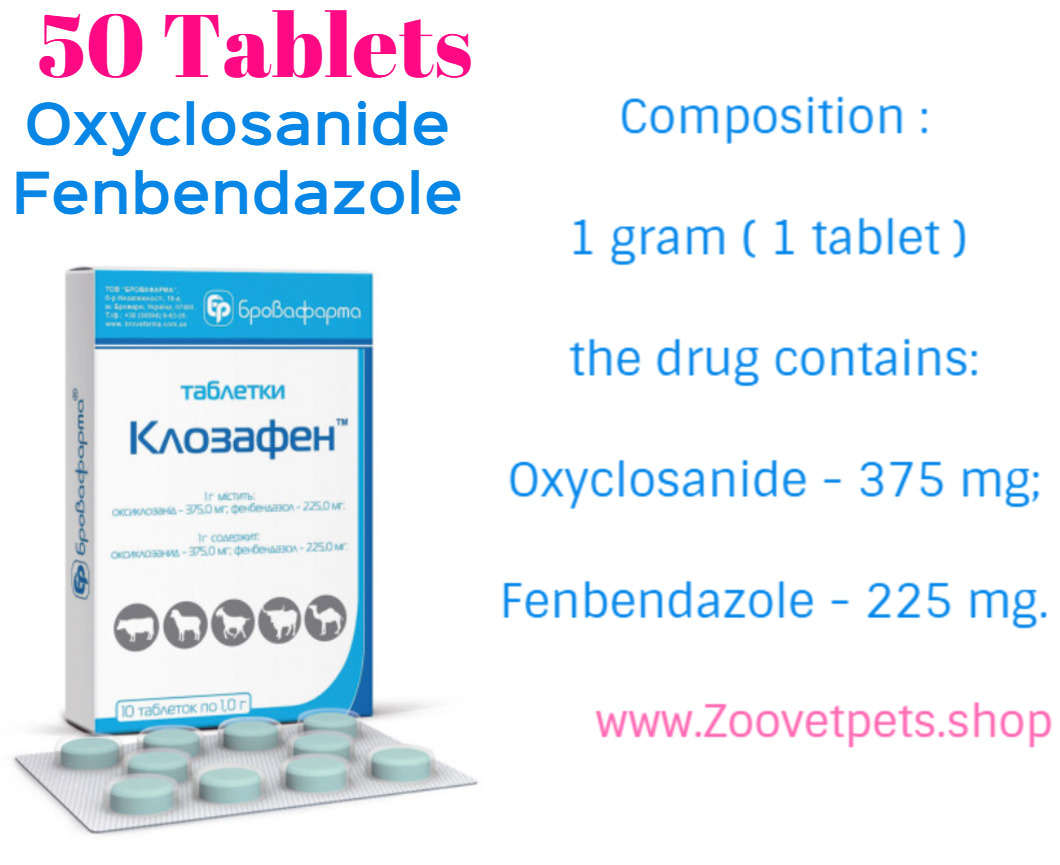


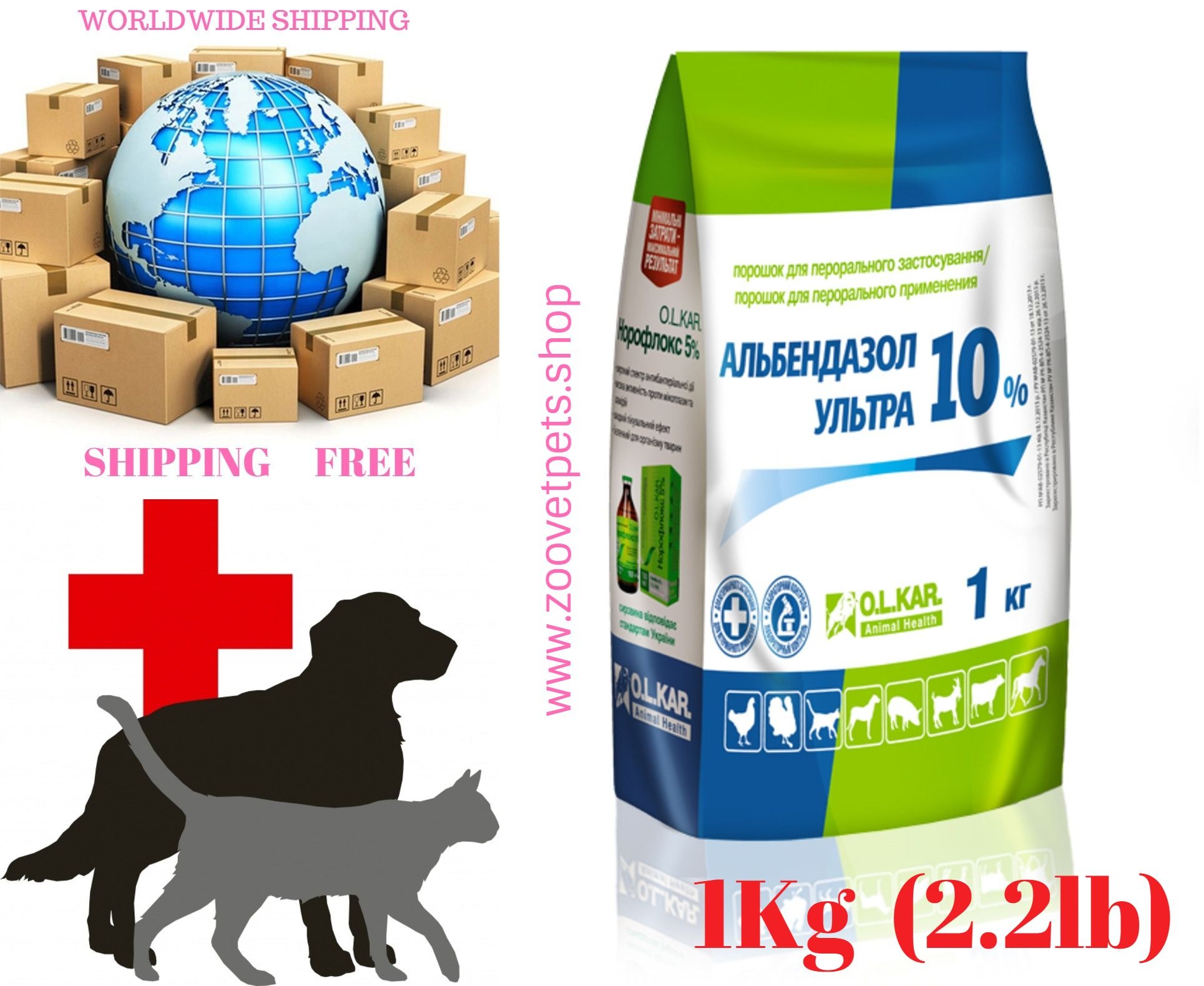
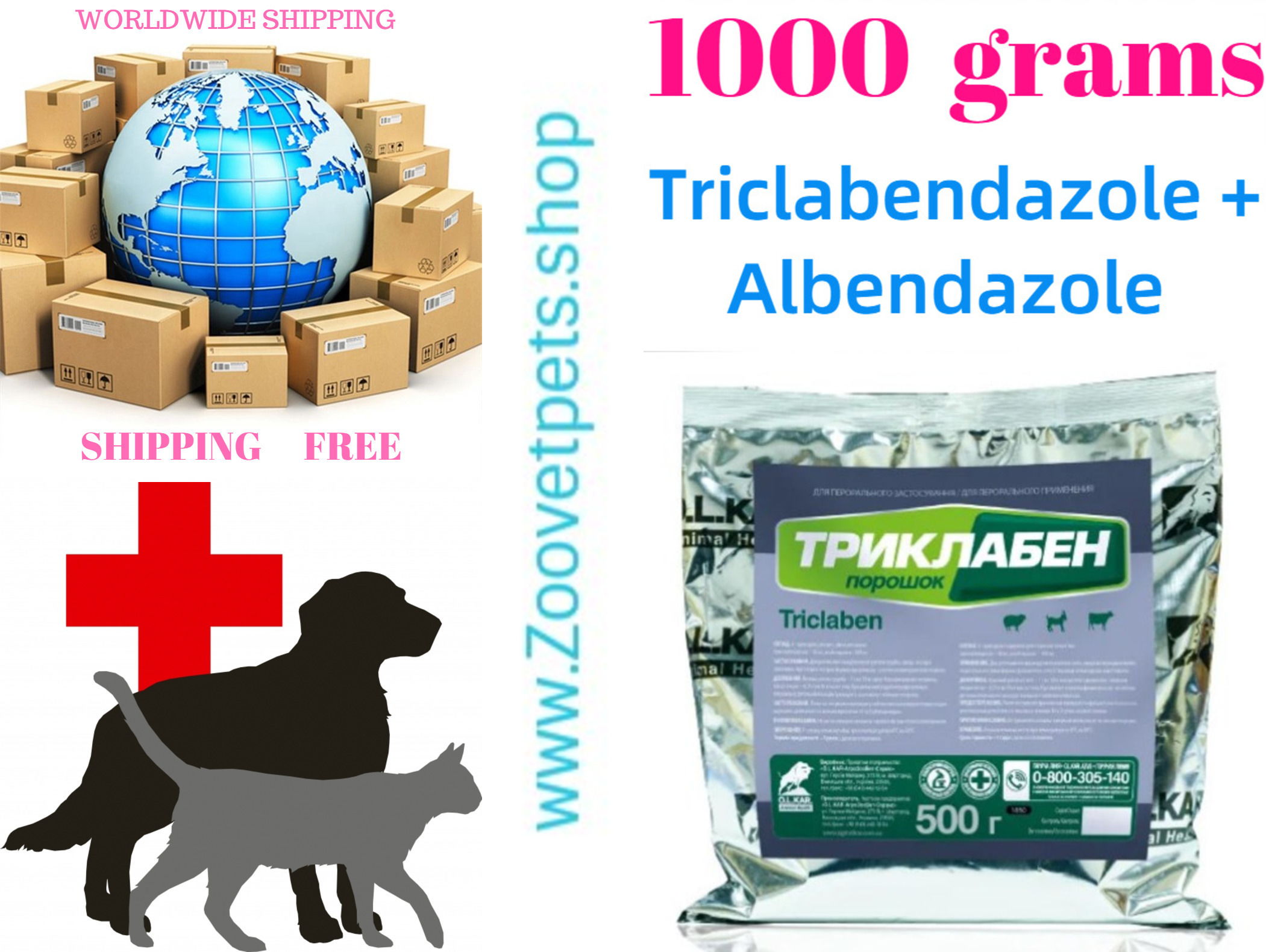
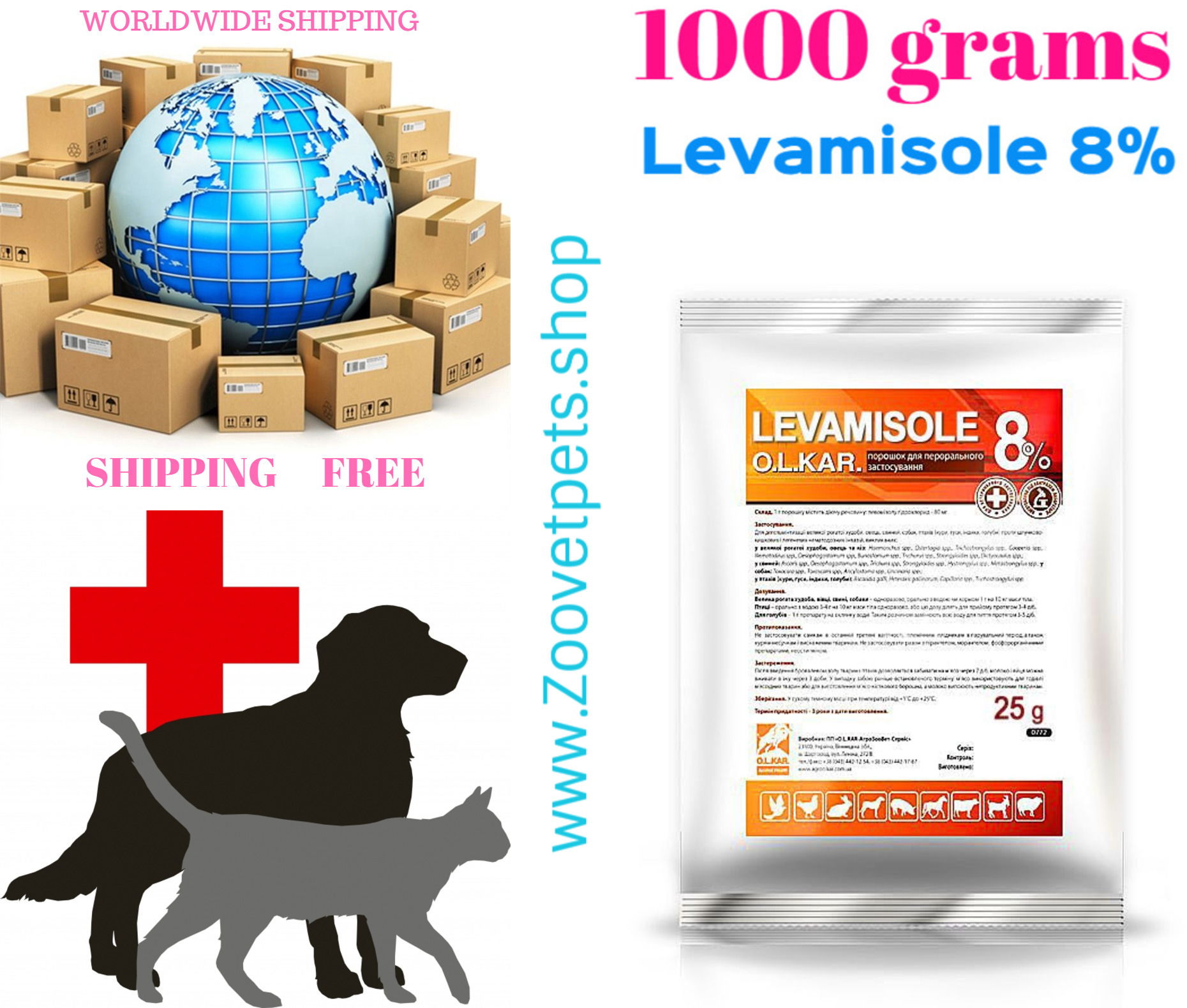
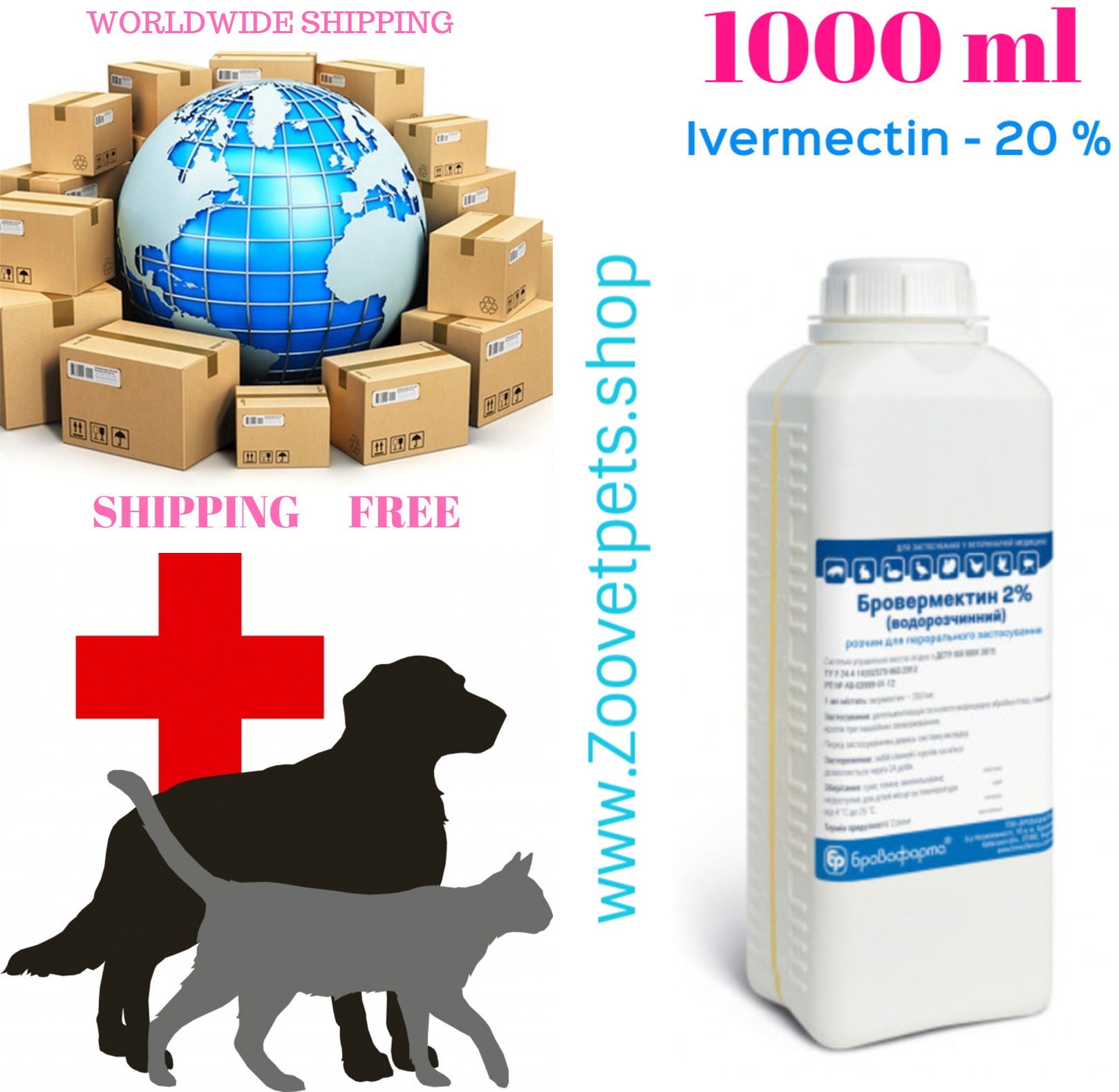
Reviews
There are no reviews yet.